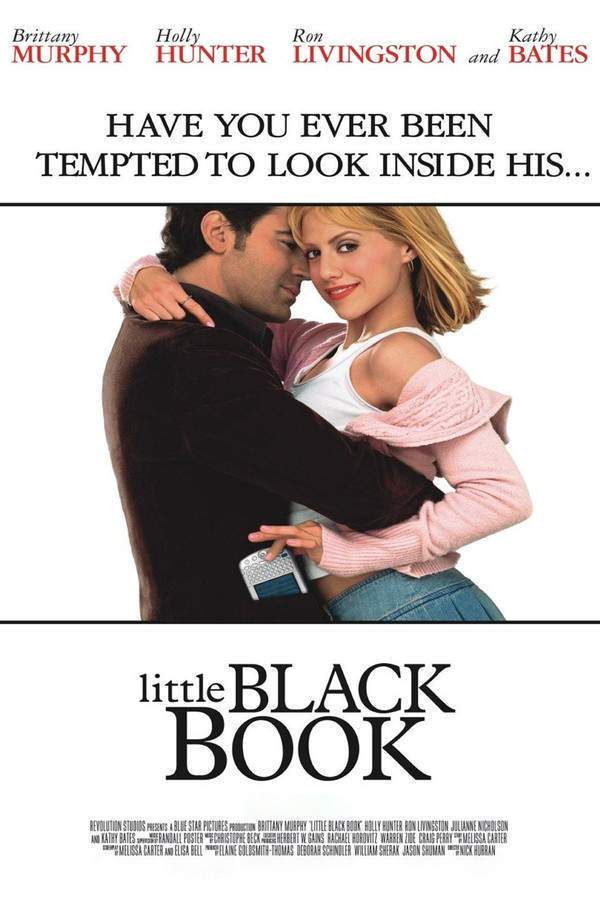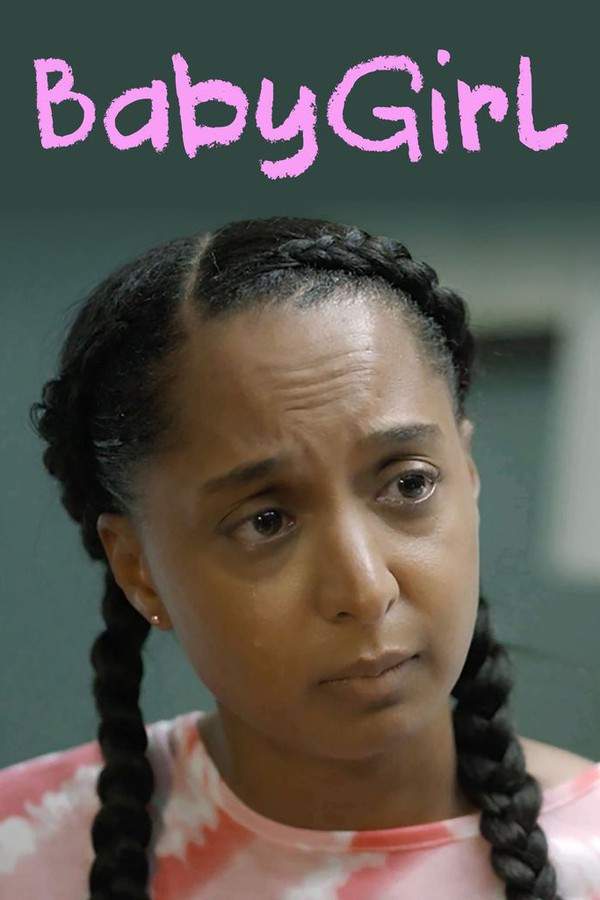Warning: spoilers below!
Haven’t seen Take Care of My Little Girl yet? This summary contains major spoilers. Bookmark the page, watch the movie, and come back for the full breakdown. If you're ready, scroll on and relive the story!
Take Care of My Little Girl (1951) – Full Plot Summary & Ending Explained
Read the complete plot breakdown of Take Care of My Little Girl (1951), including all key story events, major twists, and the ending explained in detail. Discover what really happened—and what it all means.
Liz Erickson Jeanne Crain is a young, hopeful student who has just finished high school and arrives at Midwestern University with dreams that feel larger than life. She travels with her best friend Janet Shaw Beverly Dennis, and together they imagine a future shaped by the prestige of a sorority, a path Liz believes will define her college experience as much as any class or lecture. Yet Liz’s friend is not as entranced by Tri-U as she is, and the two girls begin to chart different routes through the campus social scene. Liz’s attention turns toward the elite group of Tri-U, while Janet’s enthusiasm wanes as she encounters the campus’s snobbery up close.
Liz quickly bonds with Tri-U’s circle, meeting the likes of Dallas Prewitt Jean Peters, Merry Coombs Helen Westcott, and Casey Krausse Carol Brannon. These pledges, and their polished poise, cast a shining light on Liz’s aspirations, even as she notices the subtle hierarchies that govern acceptance. Meanwhile, Ruth Gates Lenka Peterson, whose family name carries weight in Tri-U, makes it clear that lineage can still tilt the scales in a selective world. The contrast between Liz’s idealism and Ruth’s privilege becomes a quiet critique of the social rituals that accompany college life. Joe Blake Dale Robertson, a college senior and former soldier, watches the sorority scene with skepticism, offering Liz a different perspective on what college should feel like.
As hazing begins in earnest, better known as “Hell Week,” Liz finds herself pulled between loyalty to her new friends and the ethical lines she is asked to blur. Dallas pressures Liz to pursue Chad Carnes Jeffrey Hunter, the most popular fraternity member, who has a reputation for flings and bravado. Chad’s charm draws Liz in, even as he urges her to aid him in cheating on an important exam. Joe disapproves of the manipulation, and a tense, if brief, confrontation emerges between him and Chad, underscoring the tension between personal integrity and social advantage. Liz’s feelings for Joe deepen, and she begins to question the price of popularity when it clashes with her own sense of right and wrong.
The situation grows more complicated when Ruth is suddenly de-pledged, a decision that underscores the cruel games at play within Tri-U. Liz discovers Ruth wandering the streets and helps her to a hospital, where Ruth is diagnosed with pneumonia. This moment becomes a turning point for Liz, who, devastated by the hypocrisy around her, returns to Tri-U to shed her pin and speak out against the crowd’s cruelty. Her actions elicit disbelief from the sorority sisters, yet Liz’s resolve only strengthens. She confronts the group with a quiet, steady moral clarity, returning the pin not as a gesture of anger but as a statement of self-respect. In the aftermath, Liz makes a bold choice: she leaves Tri-U in favor of a relationship with Joe, carrying with her the worry of how her mother will react to the turn her life has taken.
Through Liz’s journey, the film paints a pointed portrait of peer pressure, ethics, and the desire for belonging within a competitive campus culture. It explores how a single decision—choosing honesty over reputation—can redefine what “success” means to a young woman stepping into a broader world. Along the way, the supporting cast—Mitzi Gaynor as Adelaide Swanson, Betty Lynn as Marge Colby, Carol Brannon as Casey Krausse, and others—adds texture to the social landscape, illustrating both warmth and vanity in equal measure. The narrative remains grounded in Liz’s evolving conscience and her pursuit of a future shaped not by conformity, but by a personal code she is willing to defend, even if it means walking away from the group she once hoped to join.
Last Updated: October 09, 2025 at 12:38
Unlock the Full Story of Take Care of My Little Girl
Don't stop at just watching — explore Take Care of My Little Girl in full detail. From the complete plot summary and scene-by-scene timeline to character breakdowns, thematic analysis, and a deep dive into the ending — every page helps you truly understand what Take Care of My Little Girl is all about. Plus, discover what's next after the movie.
Take Care of My Little Girl Timeline
Track the full timeline of Take Care of My Little Girl with every major event arranged chronologically. Perfect for decoding non-linear storytelling, flashbacks, or parallel narratives with a clear scene-by-scene breakdown.

Similar Movies to Take Care of My Little Girl
Discover movies like Take Care of My Little Girl that share similar genres, themes, and storytelling elements. Whether you’re drawn to the atmosphere, character arcs, or plot structure, these curated recommendations will help you explore more films you’ll love.
Explore More About Movie Take Care of My Little Girl
Take Care of My Little Girl (1951) Scene-by-Scene Movie Timeline
Take Care of My Little Girl (1951) Movie Characters, Themes & Settings
Take Care of My Little Girl (1951) Spoiler-Free Summary & Key Flow
Movies Like Take Care of My Little Girl – Similar Titles You’ll Enjoy
My Girl (1991) Complete Plot Breakdown
Little (2019) Story Summary & Characters
Little Black Book (2004) Full Summary & Key Details
Babygirl (2013) Movie Recap & Themes
Take Care (2014) Story Summary & Characters
Little Girl Blue (2007) Full Summary & Key Details
Take Care (1991) Movie Recap & Themes
My Little Girl (1986) Full Movie Breakdown
Some Girl (1998) Plot Summary & Ending Explained
Little Sister (1992) Full Movie Breakdown
Sorority (2025) Movie Recap & Themes
Sorority House (1939) Plot Summary & Ending Explained
Girls’ Dormitory (1936) Full Movie Breakdown
Tanner Hall (2009) Film Overview & Timeline
Someone Who Takes Care of Me (2023) Full Movie Breakdown


















